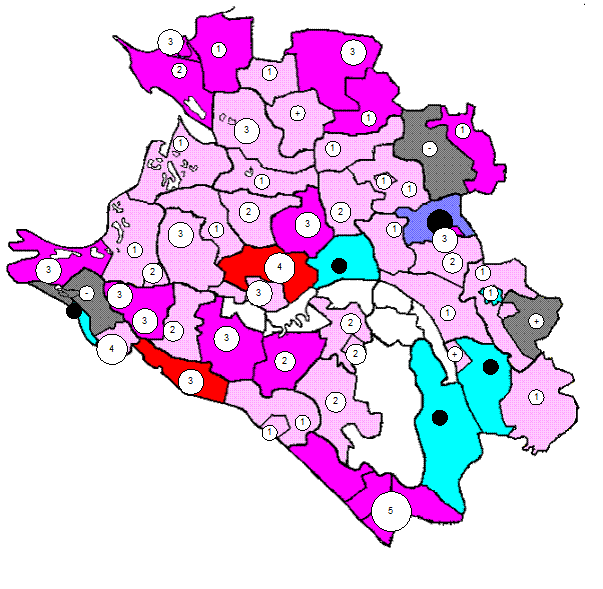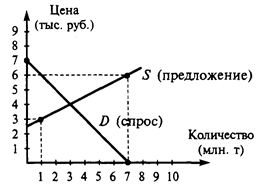Energy bands and band gaps
Materials are classified as conductors, insulators, or semiconductors according to their electric conductivity. The classifications can be understood in atomic terms. Electrons in an atom can have only certain well-defined energies, and, depending on their energies, the electrons are said to occupy particular energy levels. In a typical atom with many electrons, the lower energy levels are filled, each with the number of electrons allowed by a quantum mechanical rule known as the Pauli exclusion principle. Depending on the element, electrons may or may not be completely full. If two atoms of some element are brought close enough together so that they interact, the two-atom system has two closely spaced levels for each level of the single atom. If 10 atoms interact, the 10-atom system will have a cluster of 10 levels corresponding to each single level of an individual atom. In a solid, the number of atoms and hence the number of levels is extremely large; most of the higher energy levels overlap in a continuous fashion except for certain energies in which there are no levels at all. Energy regions with levels are called energy bands, and regions that have no levels are referred to as band gaps. The highest energy band occupied by electrons is the valence band. In a conductor, the valence band is partially filled, and since there are numerous empty levels, the electrons are free to move under the influence of an electric field; thus, in a metal the valence band is also the conduction band. In an insulator, electrons completely fill the valence band; and the gap between it and the next band, which is the conduction band, is large. The electrons cannot move under the influence of an electric field unless they are given enough energy to cross the large energy gap to the conduction band. In a semiconductor, the gap to the conduction band is smaller than in an insulator. At room temperature, the valence band is almost completely filled. A few electrons are missing from the valence band because they have acquired enough thermal energy to cross the band gap to the conduction band; as a result, they can move under the influence of an external electric field. 7. Проверьте усвоенную информацию, ответив на следующие вопросы на английском языке: 1. What types of materials do you know according to their electric conductivity? 2. What makes an electron occupy a particular energy level? 3. What do you call an energy region in which there are no levels at all? 4. In what materials do electrons move freely under the influence of an electric field? 5. What do electrons need to cross the large energy gap to the conduction band? 8. Подставьте соответствующие формы глагола to be в пробелы, где требуется, и переведите предложения: 1. Materials …. classified according to their electric conductivity. 2. The classifications can ….. understood in atomic terms. 3. Electrons have …… well-defined energies. 4. The electrons ……. said to occupy particular energy levels. 5. Lower energy level …… filled with the number of electrons ……. allowed by the Pauli exclusion principle. 6. Regions that have no levels ….. referred to as band gaps. 7. The highest energy band … occupied by electrons is the valence band. 9. Раскройте скобки, подставляя правильную форму глагола в предложения: 1. The electrons …….. particular energy levels (to occupy). 2. If 10 atoms …….., the 10-atom system will have a cluster of 10 levels (to interact). 3. Most of the higher energy levels ……… in a continuous fashion (to overlap). 4. The electrons are free ……. under the influence of an electric field (to move). 5.Electrons ………… some average drift velocity (to acquire). 6. A few electrons have …………. enough thermal energy ……… the band gap to the conduction band (to acquire / to cross).
|




